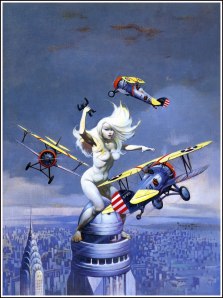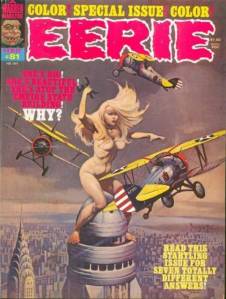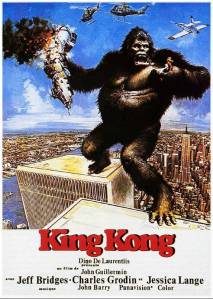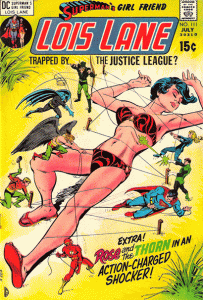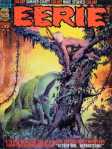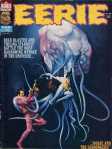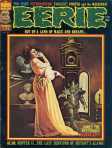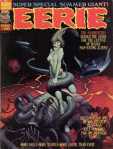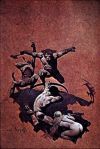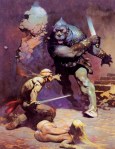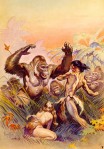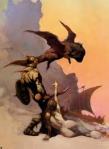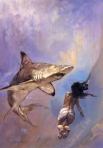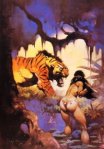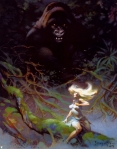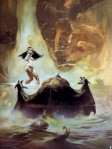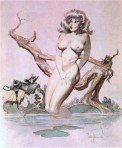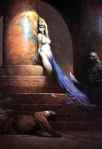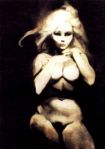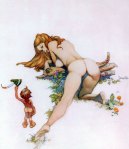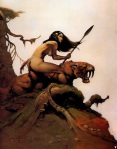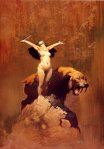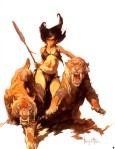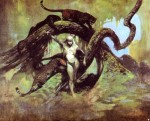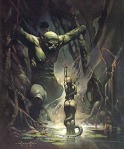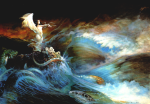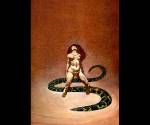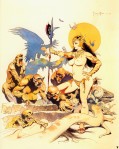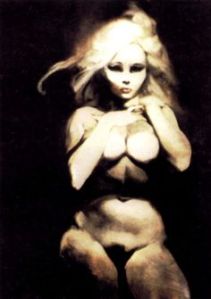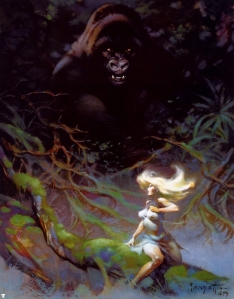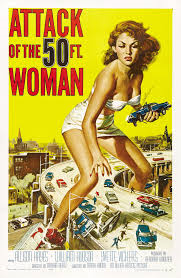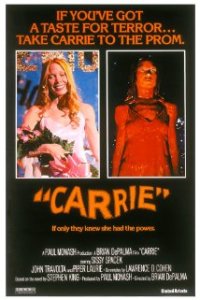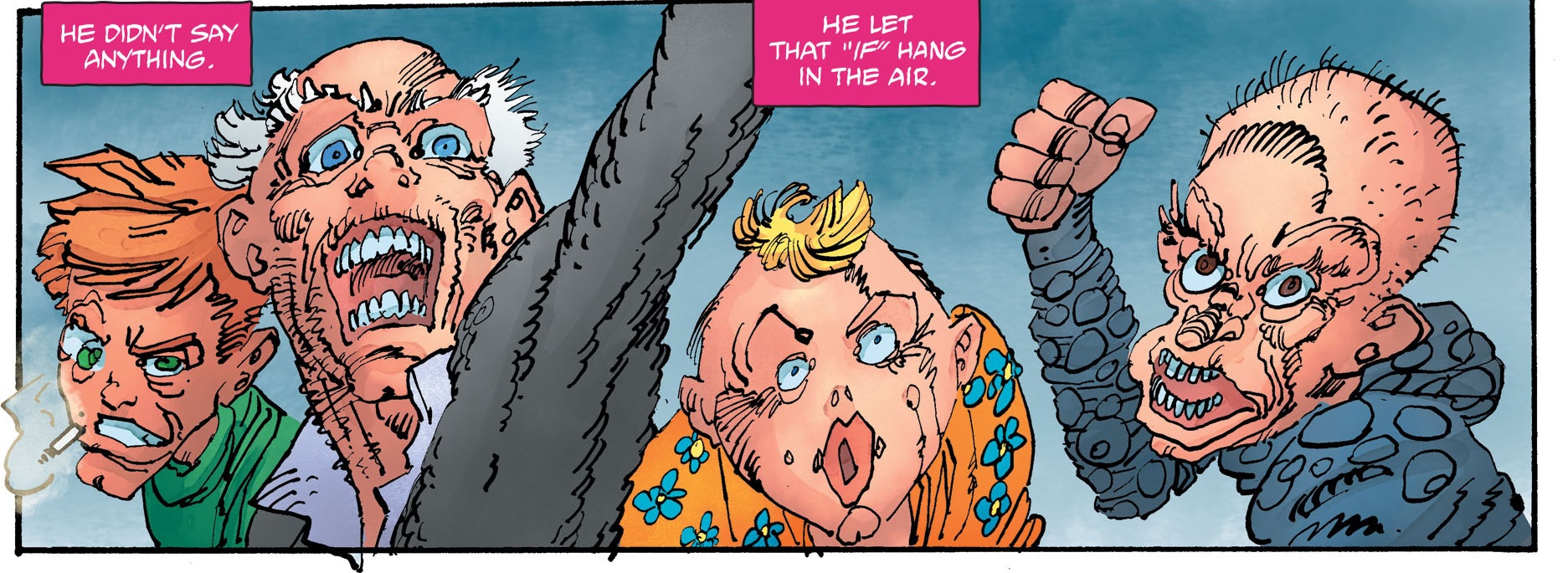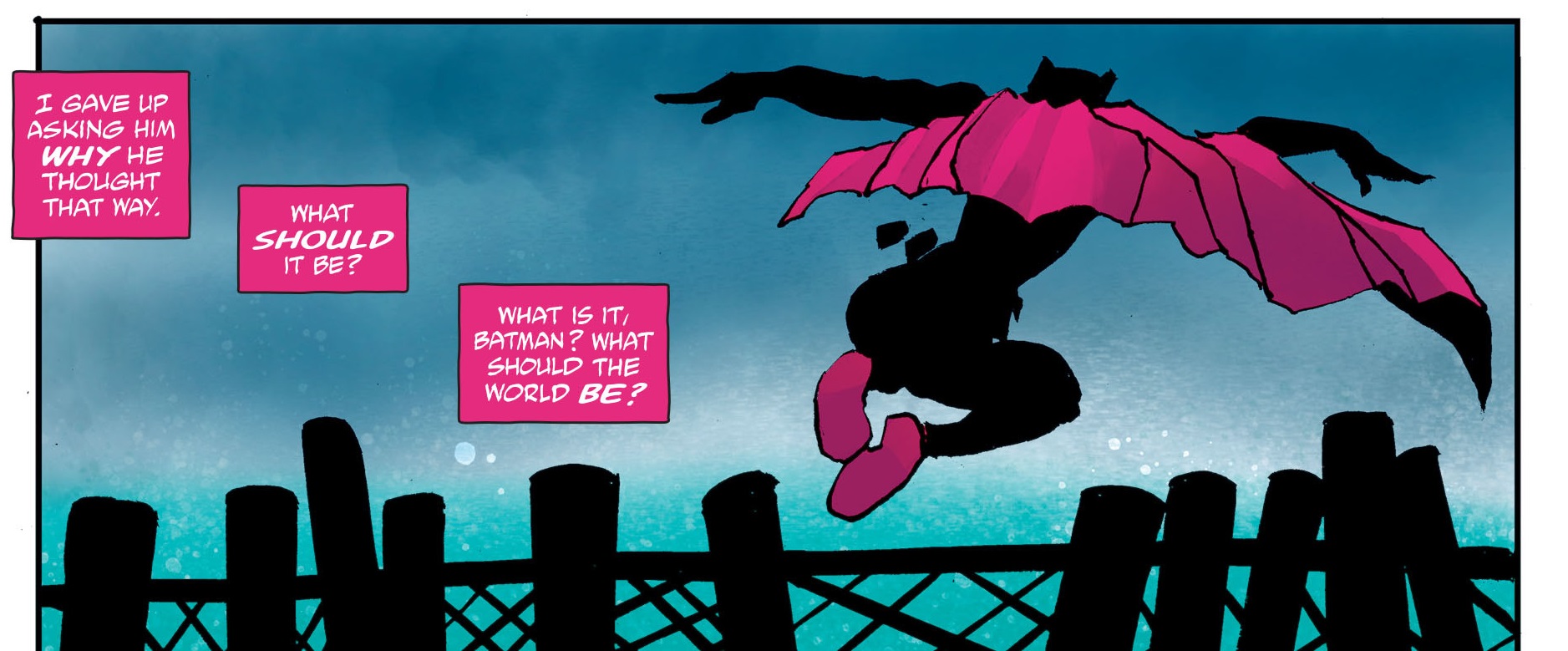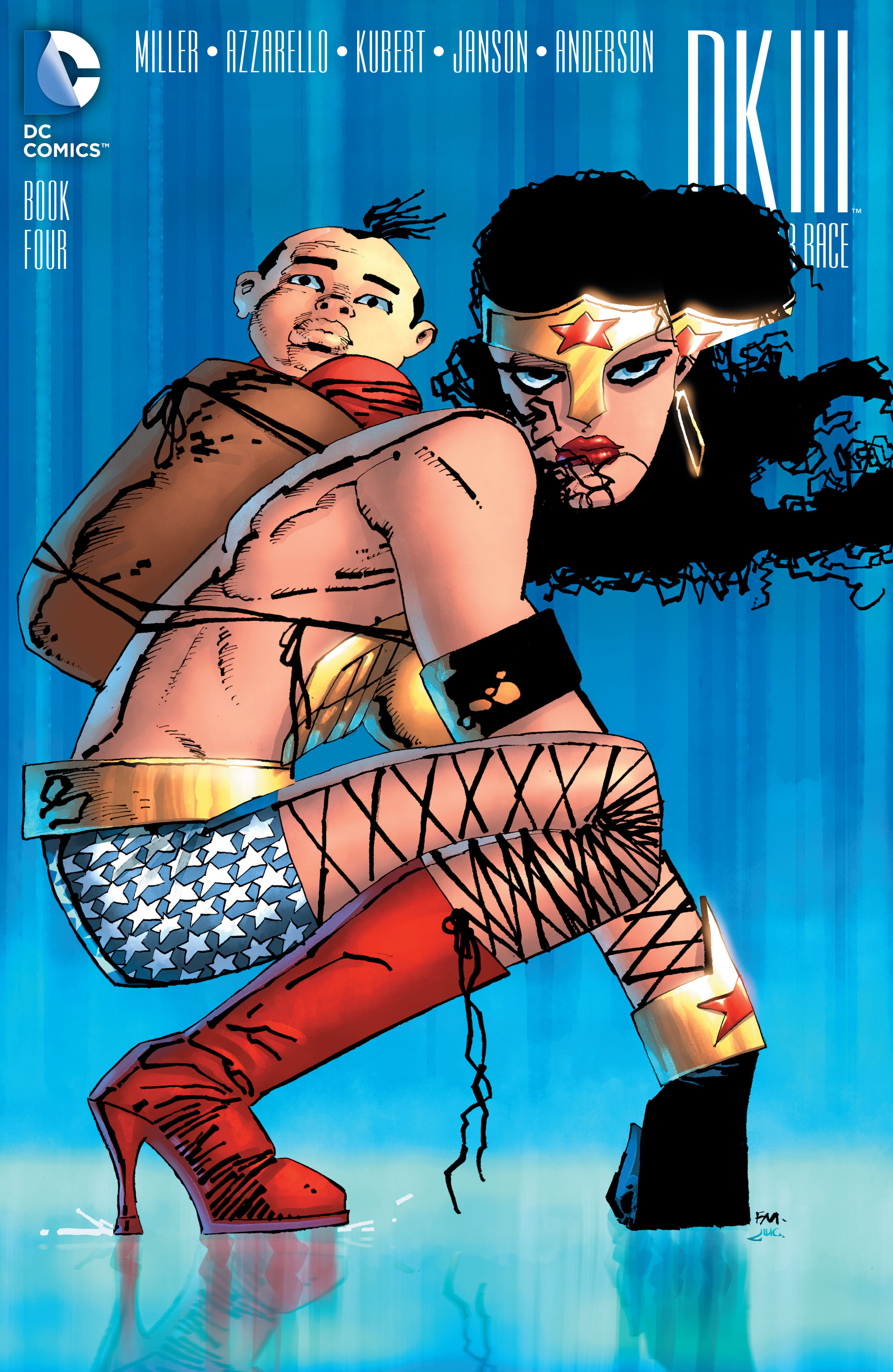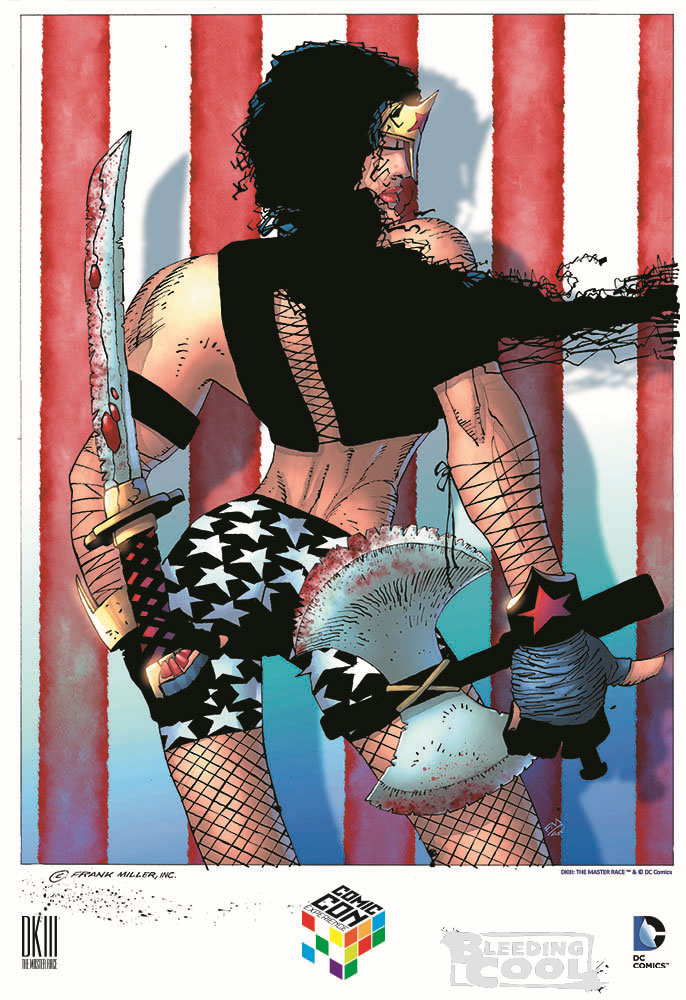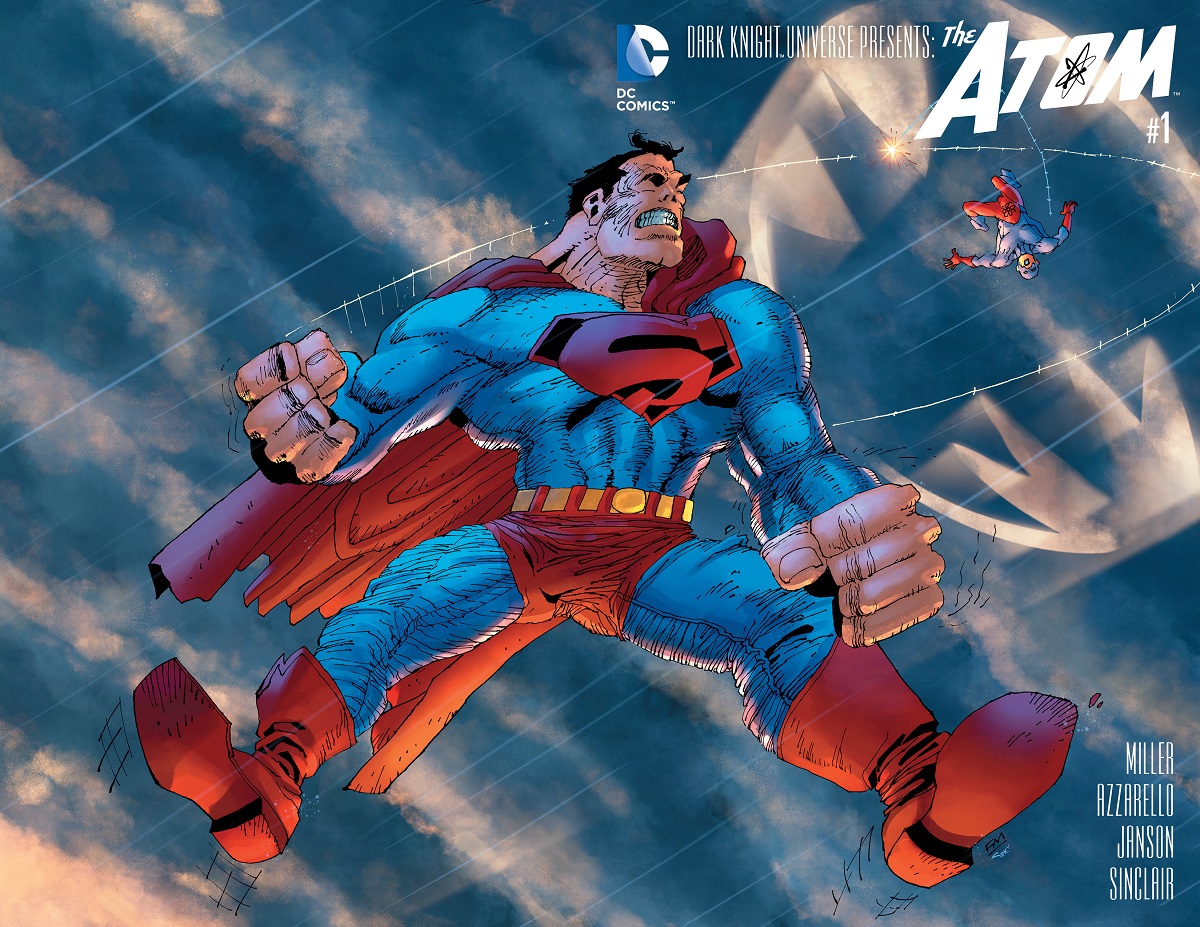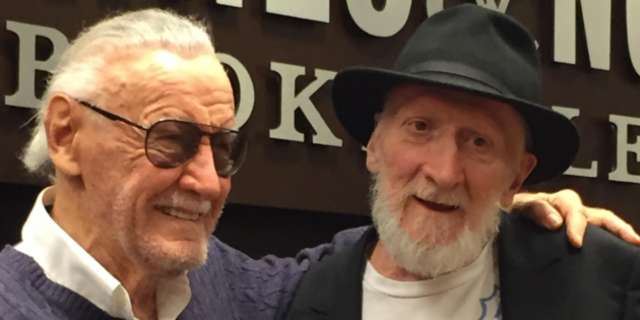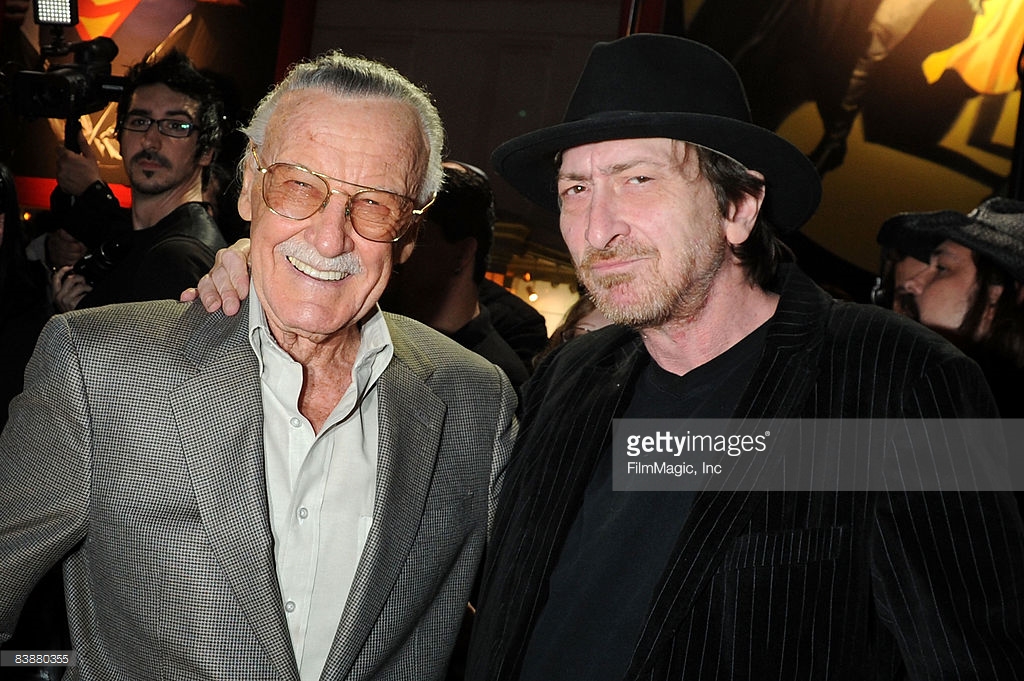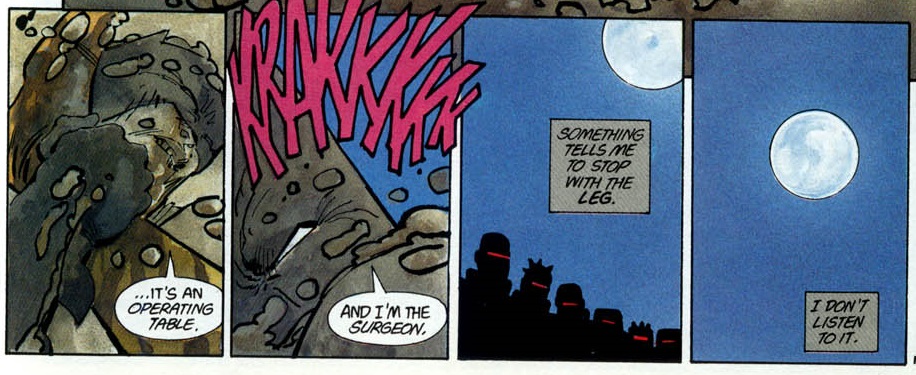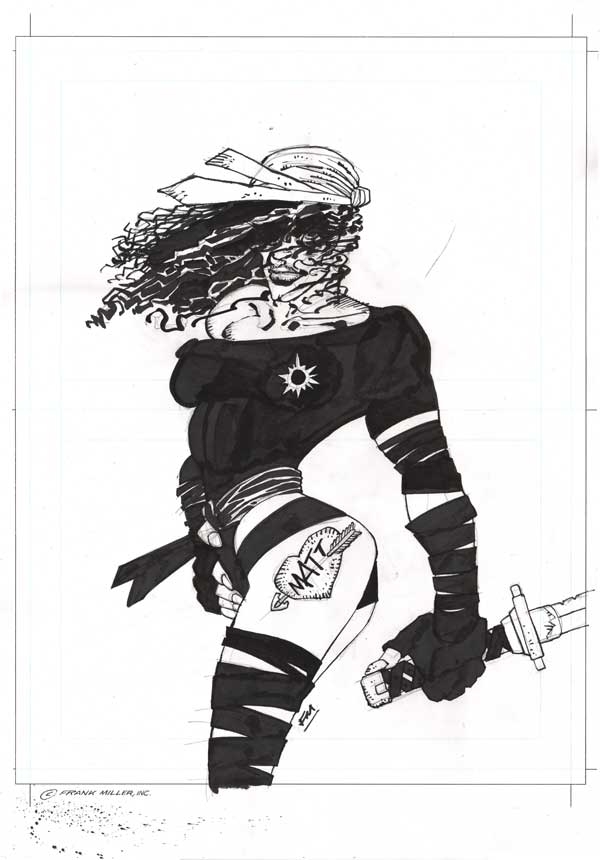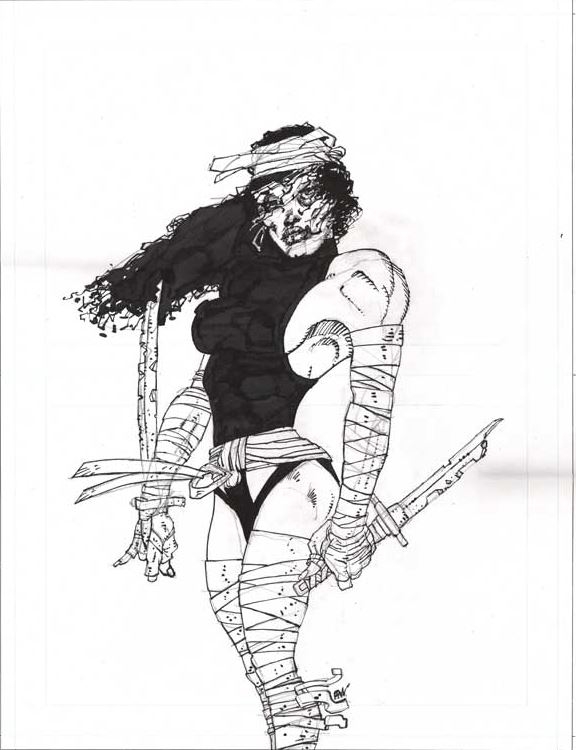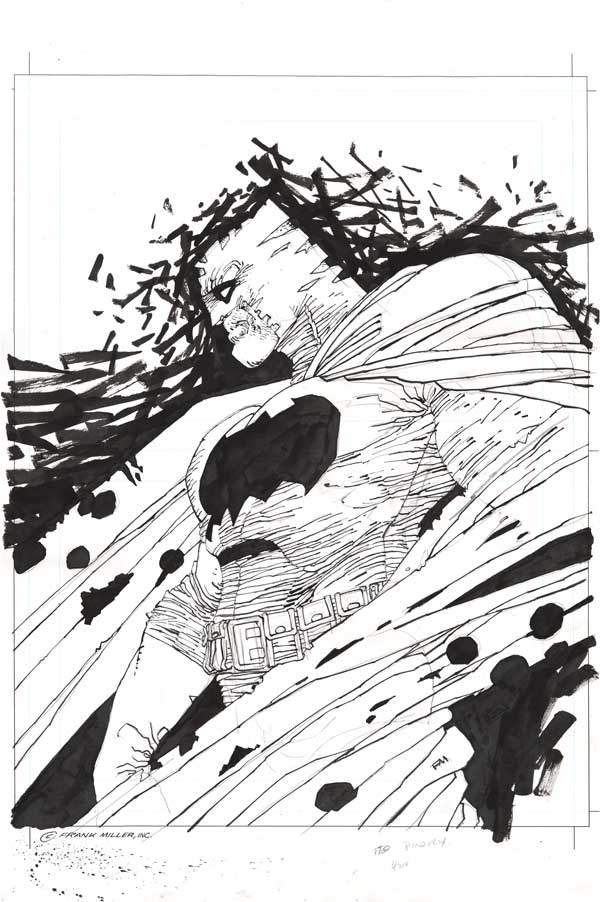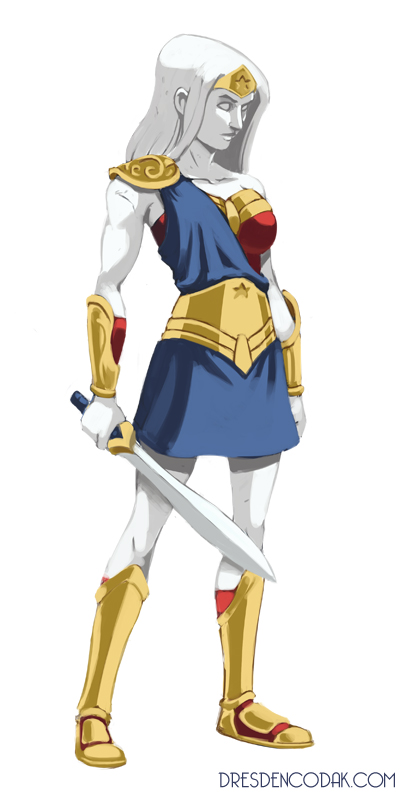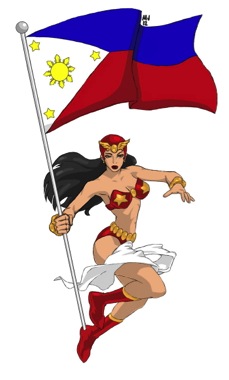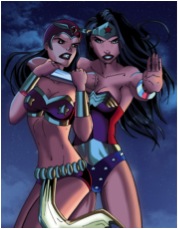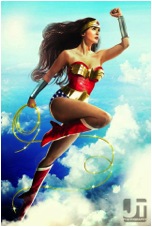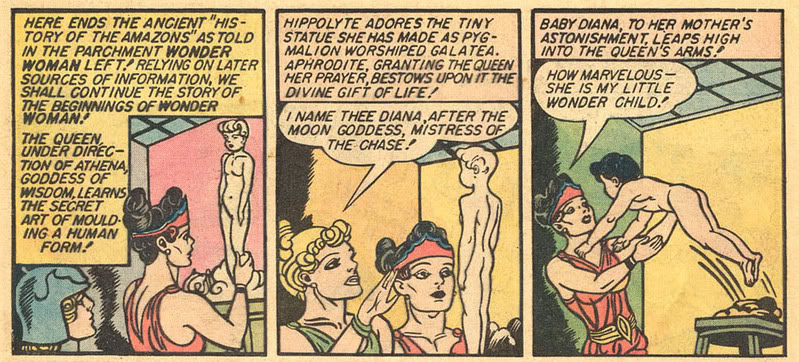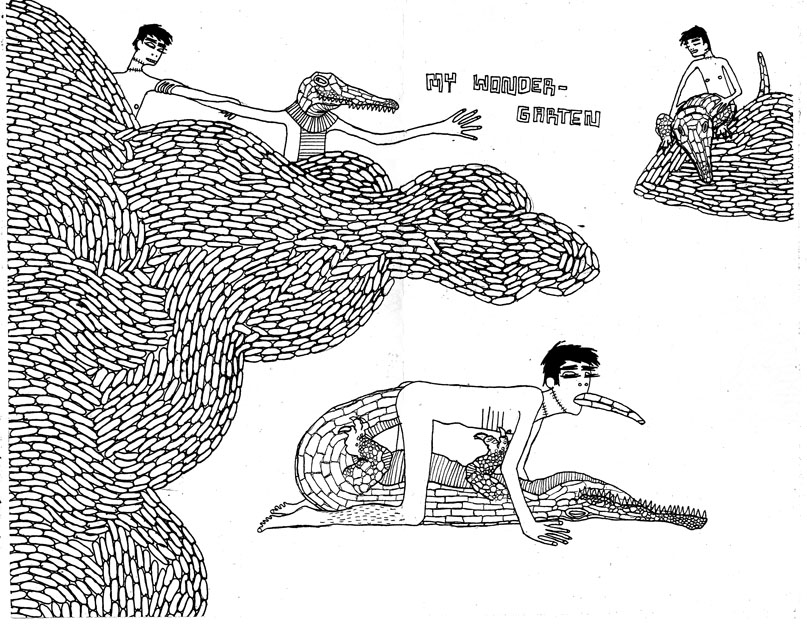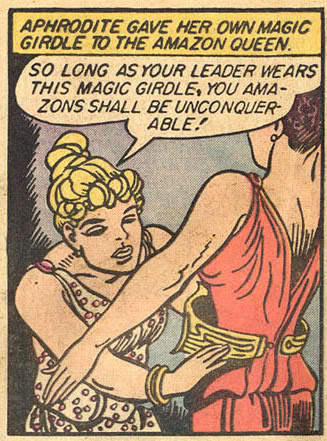It’s 1977, so I’m eleven, older if the magazine I found in one of my cousins’ bedrooms wasn’t his most recent newsstand purchase. The cover price is $1.50. I paid $8 after pulling it from a vendor’s long box at the Roanoke Comicon. Frank Frazetta painted it in 1971 for Warren Publishing’s planned POW!, a magazine that was never published. I don’t know what his fee was, but Warren must have paid it, since they used it six years later for Eerie.
The timing is no mystery. No. 81 is cover-dated February, so it was on newsstands after the Christmas release of King Kong. My father probably took me to see the remake that same month. I was annoyed that the promotional poster featured King Kong straddling the twin towers, while in the movie he has to take a running leap. The poster hung on my bedroom wall for years. It’s also on the Eerie back cover.
I was a Frazetta fan in middle school and high school, but I doubt I recognized the artist as a sixth grader. “Queen Kong,” like most of his other artwork, is about titillation. It’s a picture of a giant naked woman. Warren Publishing used it on the cover to sell copies of the issue to heterosexual males. My eleven-year-old self felt it too–but I was puzzled by the nonchalant placement of the magazine on my cousin’s bed, his bedroom door left wide open. Where was the Catholic shame? I apparently still felt enough residual embarrassment that, after giving into nostalgic urges, I did not share my new purchase with my fourteen-year-old son on our drive home from Roanoke.
And yet if you’re going to indulge in softporn, it’s not the worst choice. Type a Google search, and you’ll find Caroline Liddell includes “Queen Kong” on her Pinterest page “Images of Powerful Women,” explaining: “The male fear of what happens when women refuse to behave according to expected gender stereotypes–they run amok! It’s a wonder we all haven’t climbed up the Empire State building, swatting away annoying little gnat like buzzing planes since the vote made us all too big for our britches!!”
Maybe Frazetta was influenced by Dick Giordana’s Gulliver-esque cover art for the July 1971 issue of Lois Lane.
Those are actualy tiny Justice League clones tying her down, but the effect is the same. Gloria Steinem, a former assistant at Warren’s Help! magazine, also featured a Kong-sized Wonder Woman on a 1972 Ms. cover:
But not even a titillated eleven-year-old could mistake Eerie for second-wave feminism. Look over the previous year of covers, and all of the women are damsels in distress incapable of saving themselves from the monster of the month.
Rape is a thinly-coated subtext.
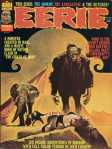
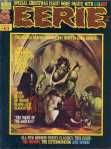
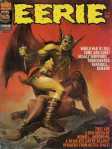
Frazetta, one of Warren’s most employed cover artists, was a big fan of women-in-peril. Each sprawls uselessly on the ground while a muscular hero battles to protect her. In terms of composition, the women are foreground, the heroes are central, and the on-coming threats are furthest from the viewer. In order to be heroic, the hero must be smaller than the threat, and so the woman crouches to give him comparative stature. The pose is inherently absurd, but the repetition is comic.
But Frazetta was okay with women-in-peril minus the heroes too. That sometimes requires her to take a more active position, occasionally substituting twirling hair for the missing hero’s combat gestures. Sometimes Frazetta even reverses angles.
When not in peril, Frazetta women fall into typical good girl and bad girl poses, the eroticism unmitigated by other action. Rather than presenting their backs, they face the viewer, though only a seductress offers direct eye contact.
Though all of Frazetta’s women are sexualized, and many are imperiled, not all are powerless–or their power is not always exclusively sexual. Erase the heroes, and the threatening animals can become an extension of the woman’s power.
Although the body of a Frazetta woman is too idealized to be monstrous in itself, she can command other larger and more monstrous bodies.
Which is why “Queen Kong” is unique. When not climbing the Empire State Building, Frazetta’s Fay Wray is just another seductress or imperiled-woman-sans-hero.
But Queen Kong is the monster herself. She follows the gender-flipping impulse of Attack of the 50 Foot Woman, the 1958 knock-off of The Amazing Colossal Man. Although previews warned that actress Allison Hayes, “once a beautifully voluptuous woman,” would become “the Most Grotesque Monstrosity of All,” Hayes appears no different after her transformation. It is simply the sight of a giant woman (even an initially unconscious one) that produces Horror, Shock, Frenzy, and Devastation!
Queen Kong is beautiful and revolting too. Since all Frazetta women are first and foremost sexual objects, her body remains proportionally unchanged, but the context establishes her monstrous size. Her twirling hair isn’t emblematic of her gendered helplessness anymore. It is an extension of her combat pose, a nearer equivalent to a hero’s bow or sword. And though the foregrounded biplane is nearly her size, she is larger than the threats circling her–and so compositionally larger than Frazetta’s typical heroes.
Queen Kong embodies what Carol J. Clover terms “the female victim-hero,” that gender-disrupting monstrosity born from Stephen King’s 1974 Carrie and first embodied by Sissy Spacek in the 1976 film adaptation–both still popular when Eerie No. 81 shipped. We’re happy when Carrie kills all those high school bullies–just like we rooted for Kong against those pesky biplanes.
Provided, of course, the sympathetic monster knows when to die. “Monster” shares its etymology with “warn” and “demonstrate,” and a giant woman usurping King Kong’s crowning spectacle is a warning against and a demonstration of 70s gender revolution. Frazetta doesn’t paint her corpse after its plummet, but her death is implied. Queen Kong’s beautiful revolt must fail. Even a titillated eleven-year-old reading softporn comics on his cousin’s bed understood that.
